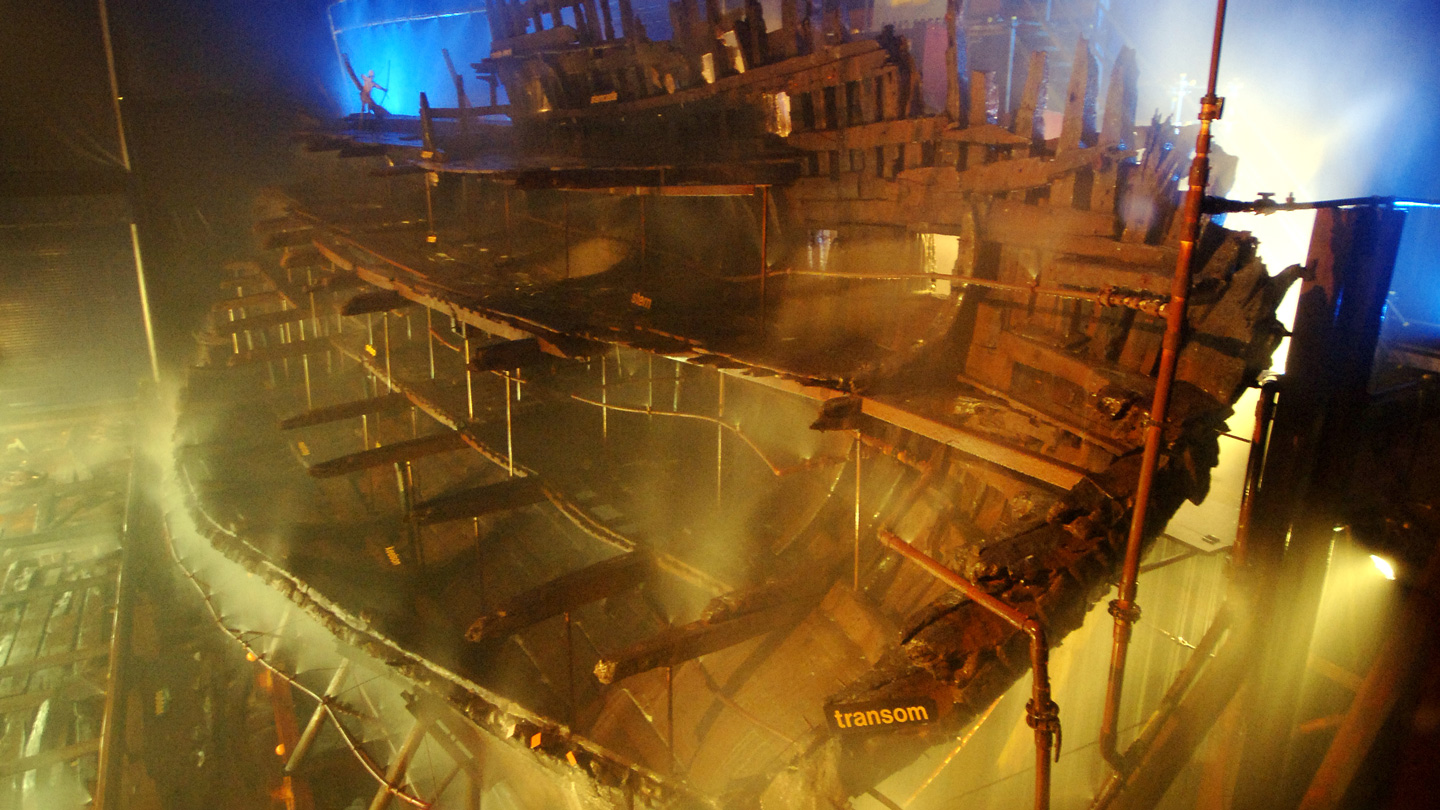Peppercorns
While today pepper is an everyday commodity, available free on tables in cheap restaurants, in 1545 it was a premium item.
At the time, all pepper had to be shipped in from India, and that either meant a journey through hostile territories, or a long sea voyage. The latter meant you could bring back more, but also meant a trip around the Atlantic coast of Africa (the Suez canal, which cut over 4000 miles off the trip wouldn’t be built until 1869), so it could take years for a round journey.
Because of this, pepper was rare, and could sell for extremely high prices, meaning that it was a luxury item. Despite this, we did find peppercorns on several decks, suggesting that the crew of the Mary Rose may have found a way to get a small supply each, and at least one of the officers had a pepper mill in his chest.








